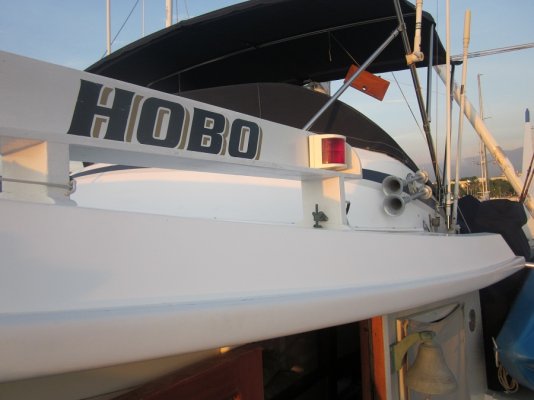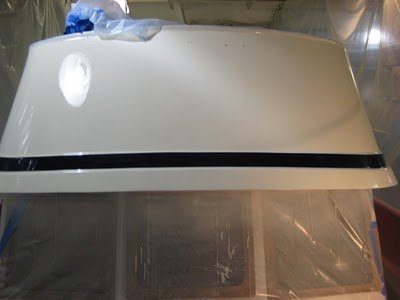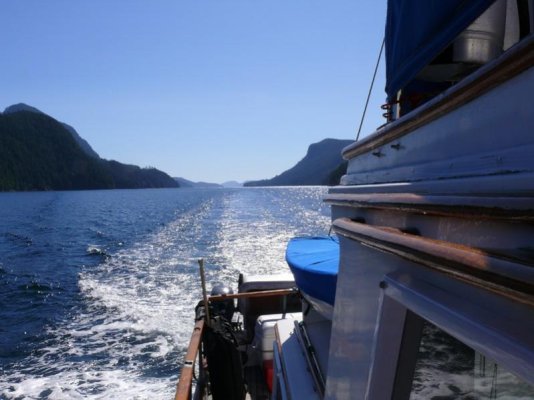Steve
Guru
I am having trouble keeping up the teak "hatband "around the flybridge joint.
I have been it originally had many coats of Epifanes with was a mess, I heated and scraped it off then applied cetol which has been fine on the handrails etc but not on that band. I feel the problem is with our high rainfall and humidity it stays wet much of the day. I'm thinking of trying Semco, what do you users of Semco have to say about it. Failing that I'll probably paint it teak color brown, or dark blue to match the canvas.
Steve W
I have been it originally had many coats of Epifanes with was a mess, I heated and scraped it off then applied cetol which has been fine on the handrails etc but not on that band. I feel the problem is with our high rainfall and humidity it stays wet much of the day. I'm thinking of trying Semco, what do you users of Semco have to say about it. Failing that I'll probably paint it teak color brown, or dark blue to match the canvas.
Steve W



